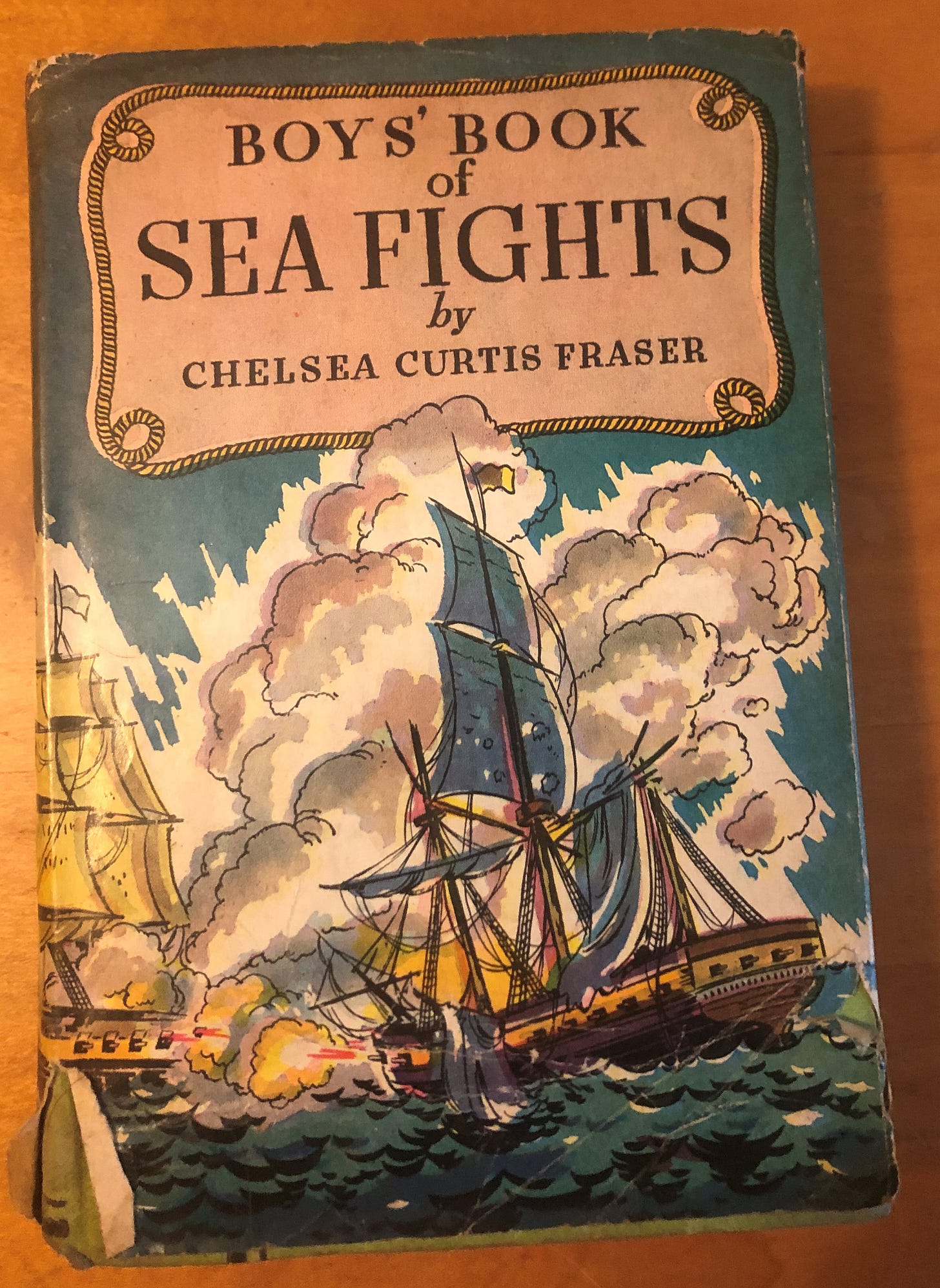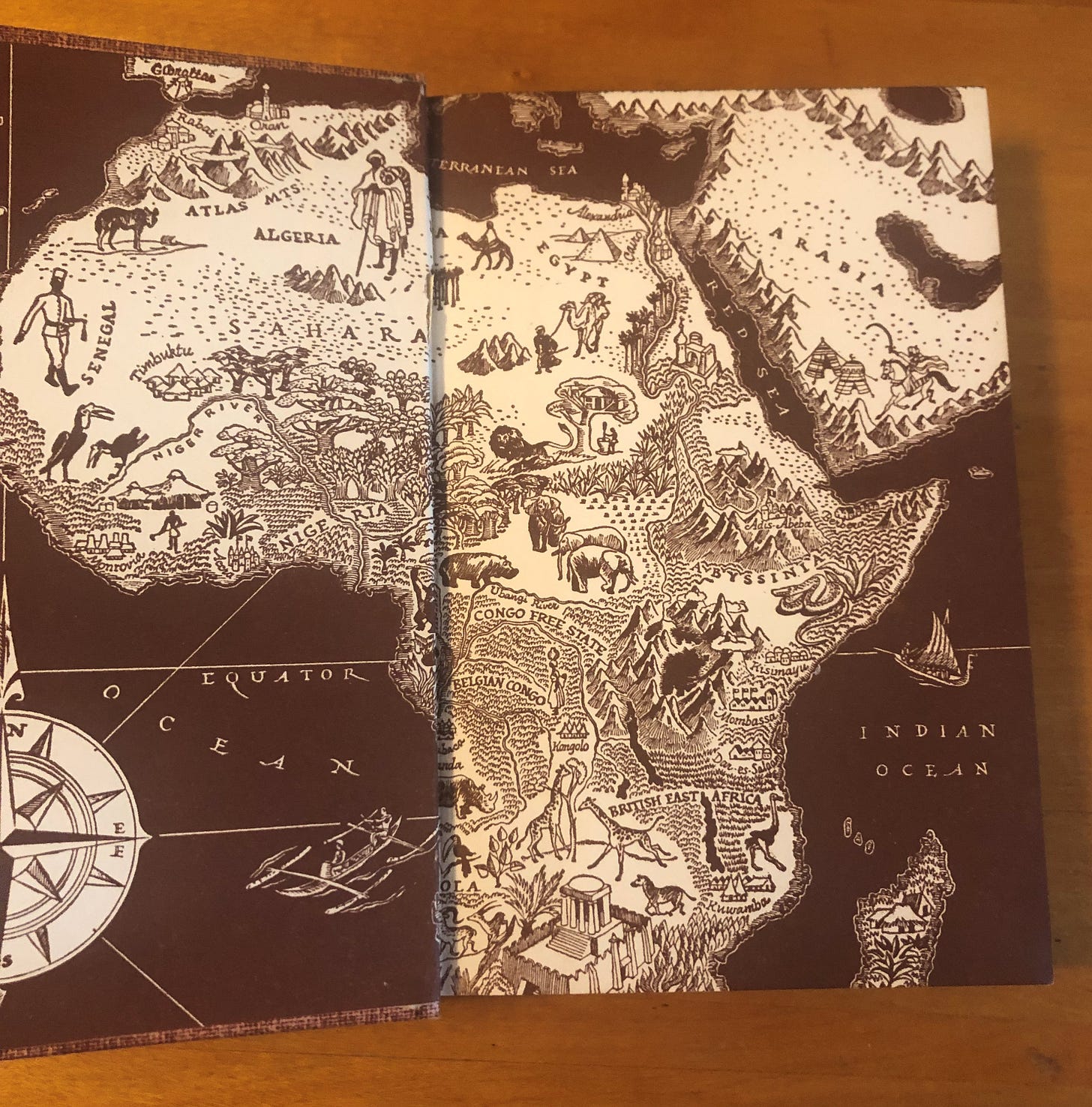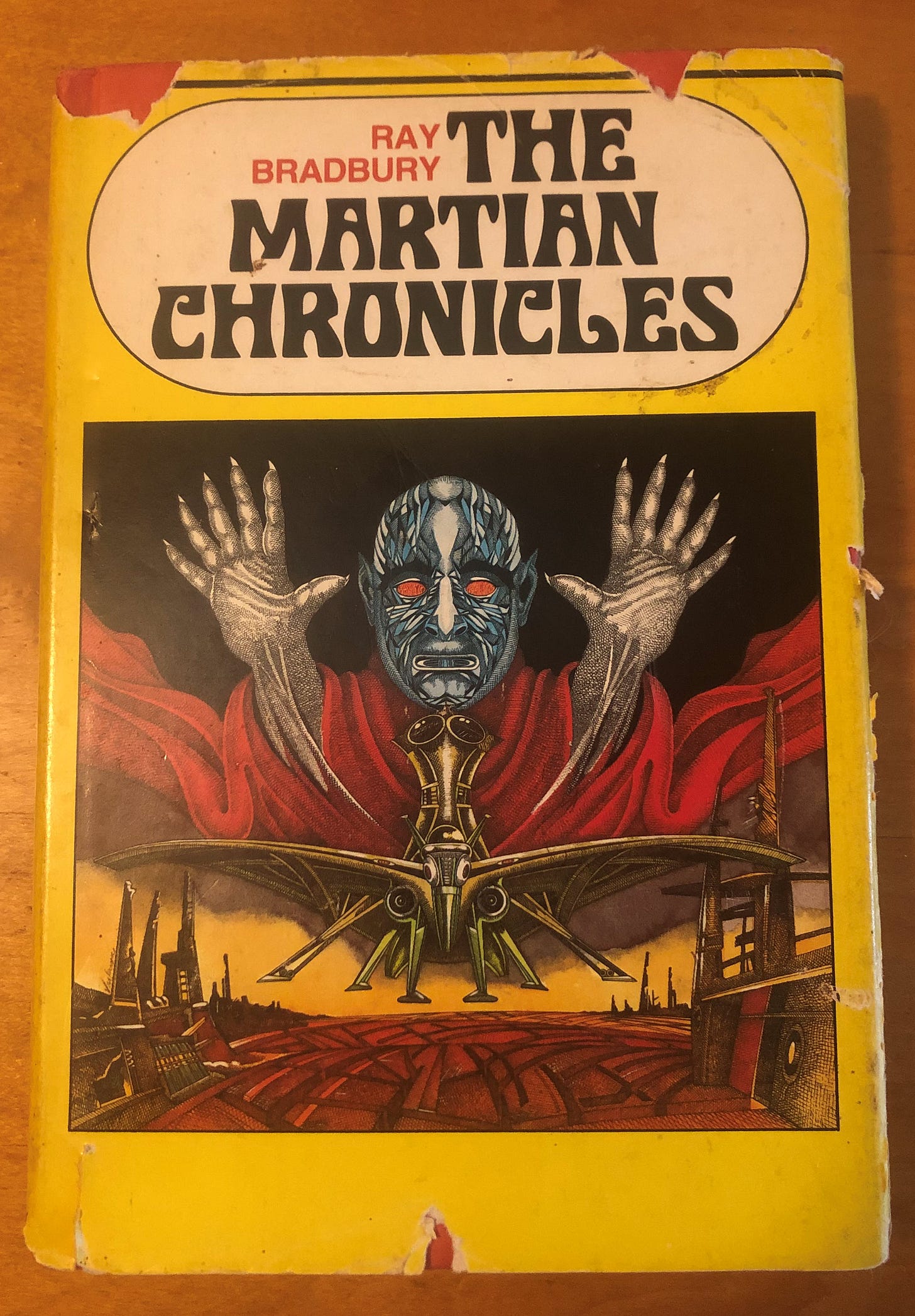Lee Cole Writes is a reader-supported publication. To support my work and receive updates sent directly to your inbox, consider subscribing!
My Substack article for last week, In Good Company, which was about writers who were prolific “pulp” writers, ended up in my top five for views.
You can check it out below, if you didn’t get to read it.
In Good Company
Lee Cole Writes is a reader-supported publication. To support my work and receive updates sent directly to your inbox, consider subscribing!
Now, don’t get excited. I don’t get a lot of views on my Substack. Makes sense; all I do to promote it is mention my new articles in a monthly email to my list. Substack is important to me, but it’s not a views or revenue generator. It’s a place to put stuff that has no other place. It’s also a place to experiment.
I wanted to follow up on that last article with another one. This one is about old books I’ve collected over the years. I’ll show you some pictures, and we can talk about them and their authors.
The Hardy Boys: The Tower Treasure
This book was printed in 1927. It’s without the dust jacket, which I wish I had. Hardy Boys dust jackets are beautiful. This particular volume was given as a gift to someone in 1958. Already the book was thirty years old then. Now, it’s almost a hundred years old.
The book’s in quite good condition, too. The binding is good. None of the pages is falling out. I’m actually reading it. It reads fine.
Boy’s Book of Sea Fights
As you can see, this book has a beautiful cover! It was printed in 1920. Over a hundred years old. It was written by Chelsea Curtis Frasier.
https://en.wikipedia.org/wiki/Chelsea_Curtis_Fraser
According to Wikipedia, he wrote nonfiction in the first half of the last century. He was also an illustrator. I’m not sure if he illustrated this cover.
The book is about important sea battles in American History. This is not something you normally see anymore. Publishers are loath to publish anything that champions our history as anything more than exploitative. Maybe this is changing. Hope so! There is no country, place, tribe, or even individual whose history isn’t a mixed bag. I don’t get into politics on this Substack, or much of anywhere, really. No point. So, we’ll leave it at that.
Tarzan the Untamed
Well, about the political part…I might have spoken too soon. The Tarzan books were written by Edgar Rice Burroughs. Click his name and you can read the Wikipedia article, which I think is pretty balanced.
Burroughs was a genius. His book sold millions of copies. He wrote not only the Tarzan books but science fiction as well. The man had an amazing imagination. He was a gifted writer of speculative fiction. He was able to encapsulate complex ideas within simple stories. I don’t think he was consciously trying to do that. I think he was just a damn good storyteller. I’m slightly ashamed to say that I read my first Tarzan book two years ago. It was the one you’re looking at here. I was amazed at how good it was. I’ve read four more since. All just as good.
This copy was printed in 1927. Check out this book’s endpapers. My God, they don’t make ‘em like this anymore!
The Martian Chronicles
Ray Bradbury. I know you know him. (If you don’t, we can’t be friends.) This copy I found in my late dad’s attic. Printed in 1958. It’s as old as me. The cover is incredible! It’s a work of art. Not only that, but the book itself is in very good condition, very readable.
They Just Don’t Make Them Like They Used To!
I wish I could find an article I read about ten years ago about the lifespan of different media.
The laws of Hammurabi are carved in a ten-foot-tall piece of basalt, which you can see in the Louvre. It’s about four thousand years old. The Dead Sea Scrolls are on papyrus and are over two thousand years old.
We have illuminated manuscripts from before the year one thousand. Gutenberg Bibles from the fourteen hundreds.
Probably thousands of books from the 1600s and 1700s. God knows how many from the 19th century. I’ve got an early self-help type book from the 1700s written by some English Lord. I’ll dig it out sometime and show it to you. (I think it’s on the shelf next to my collection of 60s Playboy Magazines…don’t tell my wife…just kidding about the magazines…One can only wish!)
When my dad died, he had over 6,000 books in his house. That’s nothing. I read an article about Umberto Eco, where it said he had 30,000 plus books. And, my guess is he’d read a good number of them.
But now, we have digital media. I can’t tell how many books are published on Amazon. I get numbers anywhere from 5 million to 50 million.
And then you have film, pictures, slides, movies, videos, DVD, CDs.
So, what did the article I read say about all of this?
I’ve forgotten their argument, but media is becoming less and less permanent. I agree. I’ve got a cedar chest over by the wall in front of me filled with family photos. What about my own family? They’re all digital and “in the cloud.”
I’ve got pictures of my grandfather and his younger sister from the twenties. So, that’s a hundred years old. Pictures of me from a vacation I took a few years ago? Maybe? But what’s going to happen when I lose the password or quit paying Google the pittance I pay them for the storage?
Look, I realize a massive multi-ton block of basalt from four thousand years ago (Hammurabi) isn’t comparable with my cyber-dust photos. But that might actually be the point. No one’s going to root around in 21st-century storage a couple of hundred years from now and find Lee’s old photos. The bits and bytes won’t even exist then. They won’t last, can’t last.
We may have more digital books than Hammurabi had steles, but in another four thousand years, his stele will probably still be there. I’m not sure my digital pictures will last another forty years!
I’ve got more to say about permanence and impermanence, but that might stray slightly into the political. I try not to “go there.” But this idea of permanence and impermanence has taken hold of my psyche. As usual, I’ve got my own POV. I’ll work on it and let you know.
Adieu!








